- THE SOCIETY Newsletter
- Posts
- The SOCIETY Newsletter #90
The SOCIETY Newsletter #90
The History of Bethpage Black
The History and Legacy of Bethpage Black
From Tycoon’s Estate to Public Grounds
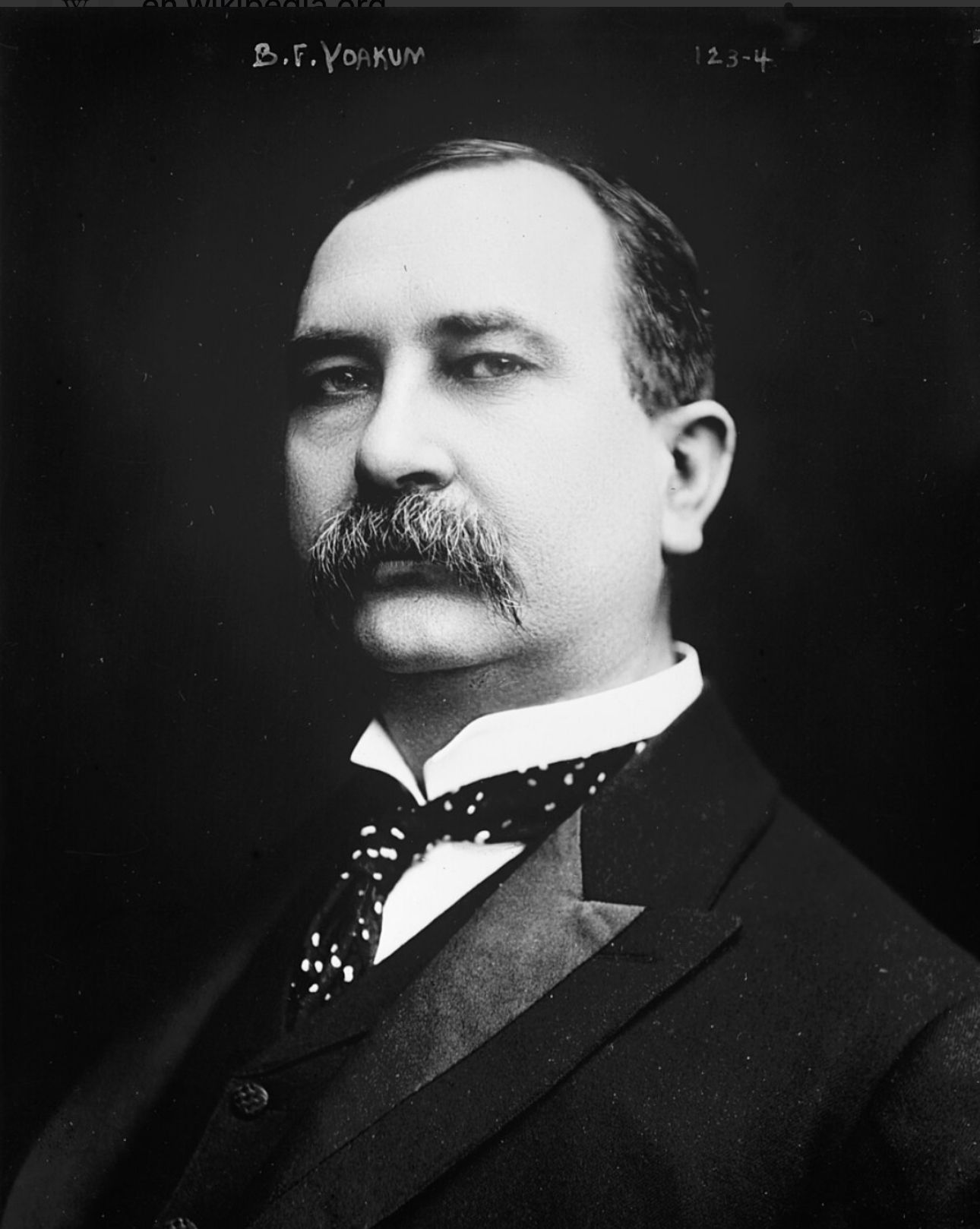
Benjamin Franklin Yoakum
The story of Bethpage begins with Benjamin Franklin Yoakum, a railroad magnate once hailed by Railroad Magazine as “The Empire Builder.” Born in Texas, Yoakum rose through the ranks of railroad management until he controlled nearly 18,000 miles of track across the American Southwest. By the early 20th century, he had amassed not only wealth but also influence, and in 1907 he relocated to New York City, where he built a sprawling estate called Tywacana on the land that would one day become Bethpage State Park.
In 1924, Yoakum commissioned the design of a private golf course on his property—Lennox Hills Country Club. For several years, the club flourished. But the prosperity proved short-lived. In October 1929, the stock market crash ushered in the Great Depression. Just a month later, Yoakum passed away. Within three years, his heirs sold the Tywacana estate to the City of New York, unknowingly setting the stage for one of the most iconic public golf courses in the world.
The Three Forces That Created Bethpage Black
Bethpage Black was not inevitable—it required a perfect storm of events, vision, and resources. Three elements came together to make it possible:
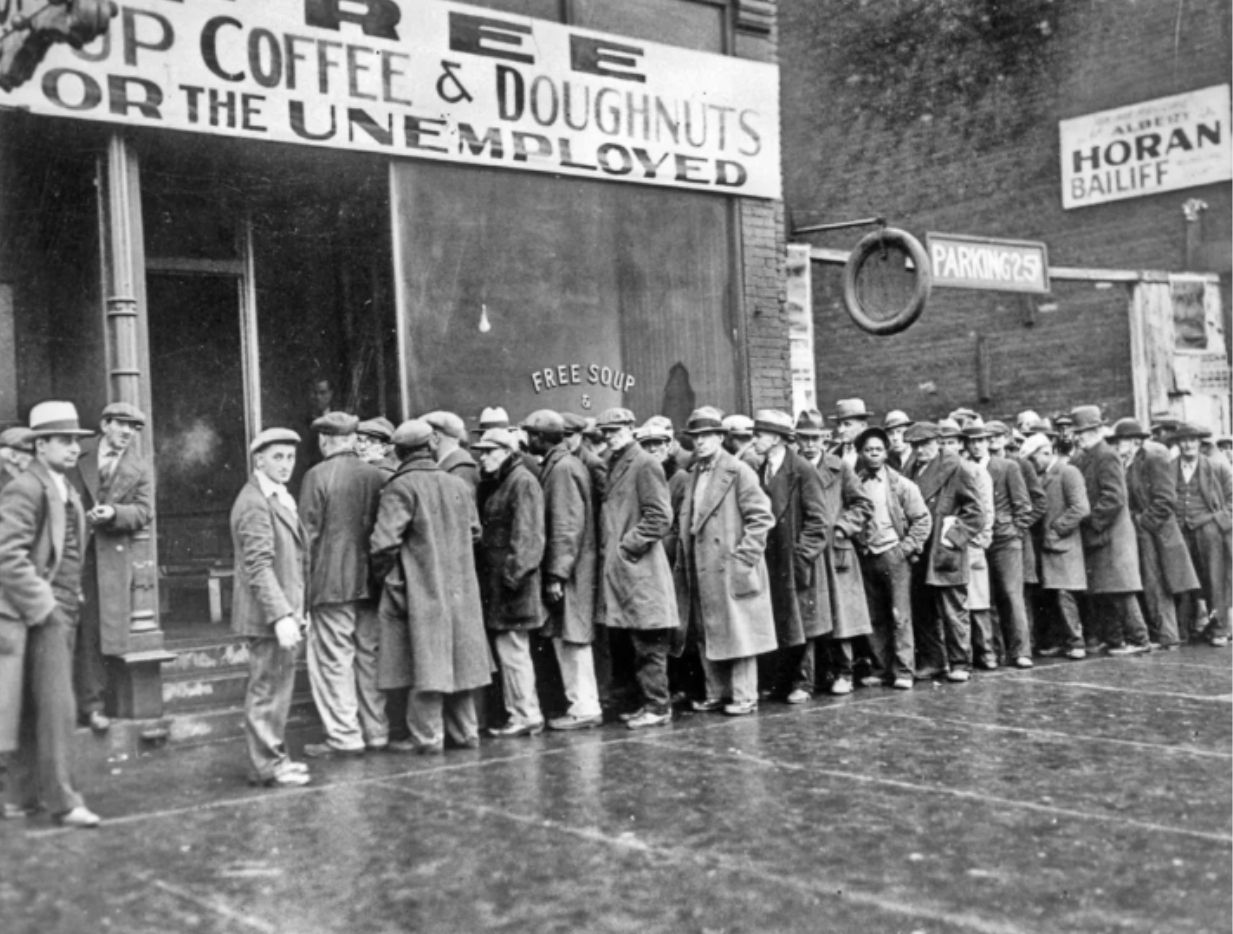
Scene from the Great Depression
The Great Depression
Without the economic collapse, Lennox Hills Country Club may well have survived as a private enclave. The Depression shattered that possibility, clearing the way for something entirely new.
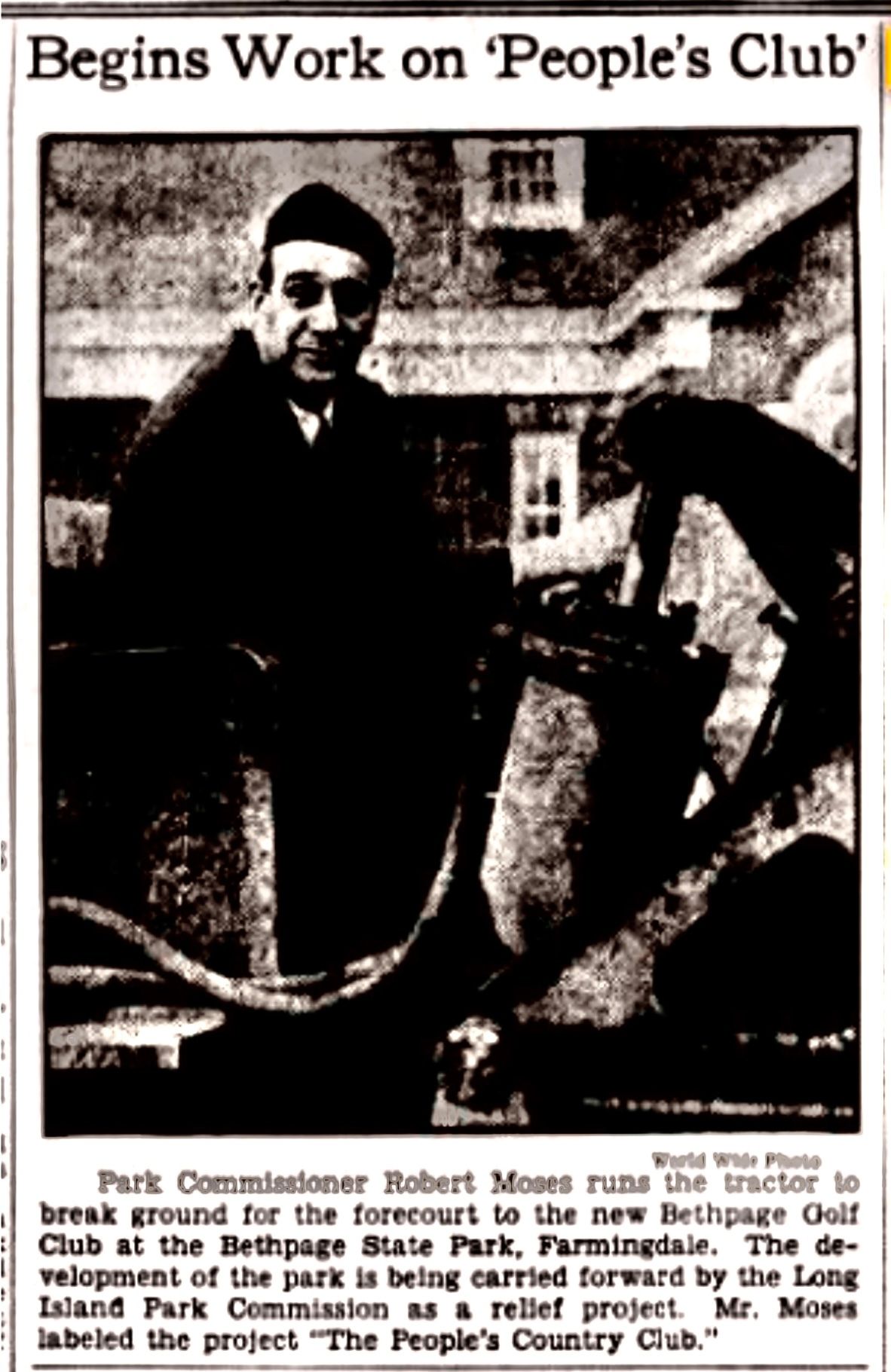
The Visionary: Robert Moses
Known as one of the most influential city planners in American history, Robert Moses reshaped New York City with his bridges, highways, and parks. In 1932, Moses saw in the former Yoakum estate an opportunity to build a great public park. His vision included not just green space but golf—accessible to all.
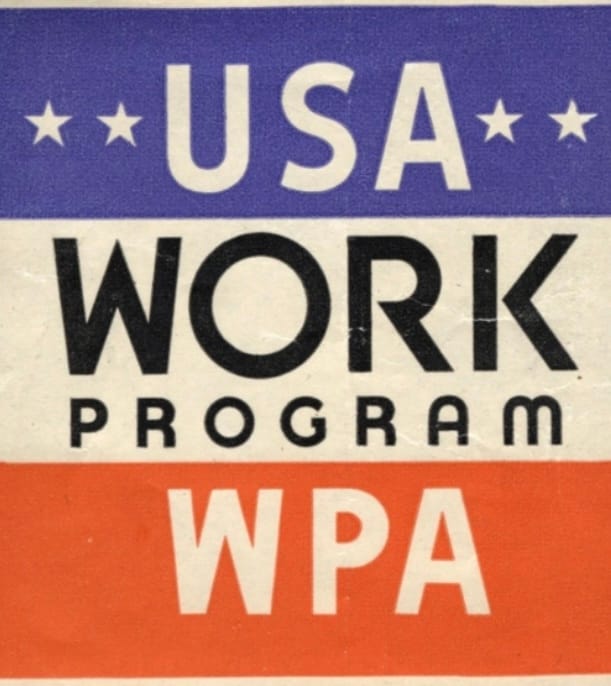
The Works Progress Administration (WPA)
Under President Franklin Delano Roosevelt, an avid golfer in his youth, the WPA provided the funding and labor to build Bethpage’s golf courses. While the WPA built many courses nationwide, few rival the brilliance of Bethpage Black.
It took economic hardship, a visionary planner, and federal investment to create what would become “the People’s Golf Course.” Without all three, Bethpage Black may never have existed.
Bethpage: A True Public Course
What makes Bethpage Black exceptional is not only its design but its accessibility. Unlike Pebble Beach or Pinehurst, which require resort stays or steep fees, Bethpage Black is a true public golf course. Anyone willing to secure a tee time can walk its fairways. It stands alone on the world stage as a championship venue that remains rooted in public access.
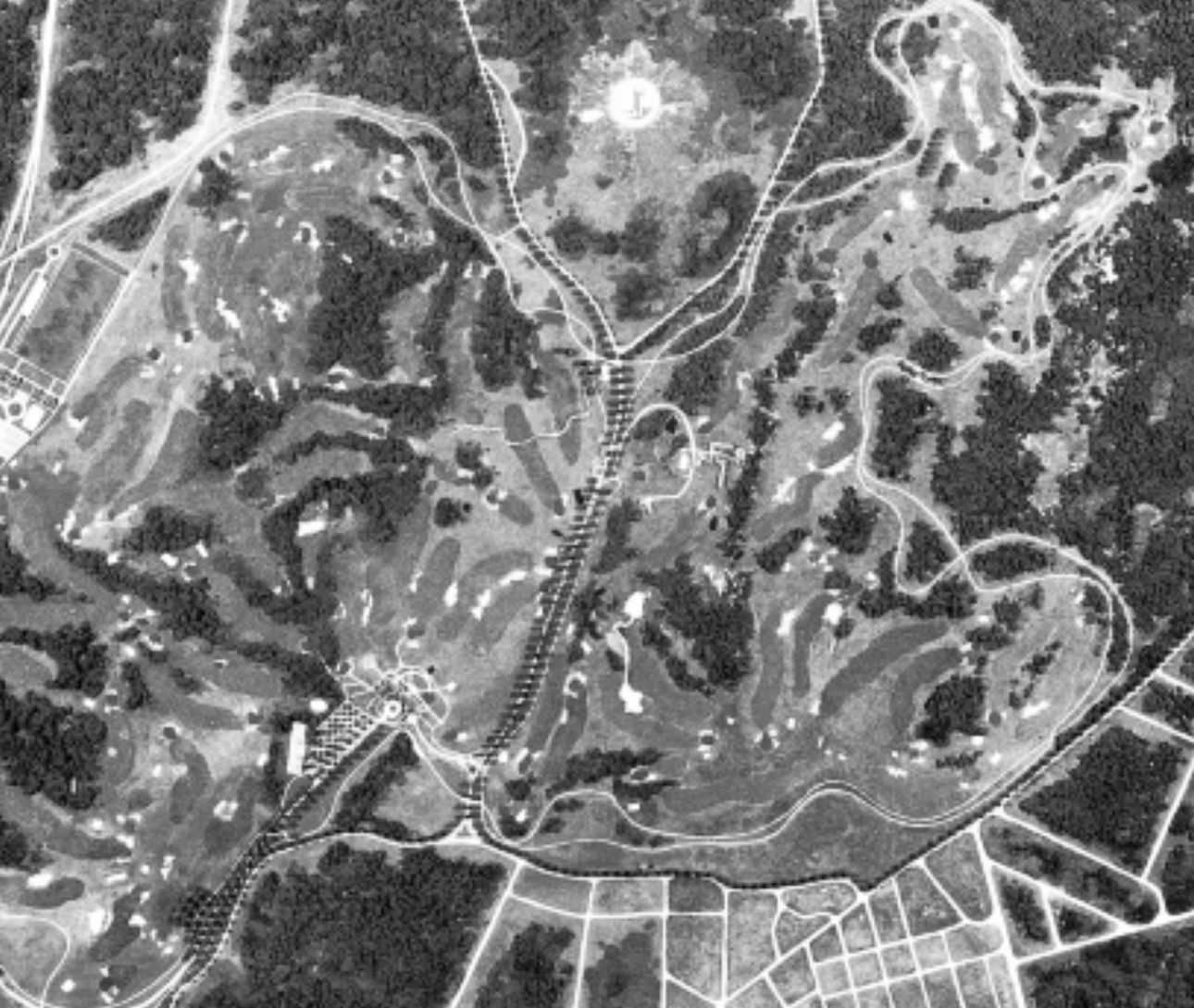
Cartographic Map of Bethpage
A Course Forged in Hardship
Bethpage Black reflects the era of its birth. Its design is a metaphor for the Depression itself—harsh, demanding, and unyielding, yet instilling resilience in those who face it. The course challenges golfers with length, treacherous bunkers, and narrow fairways carved into dramatic topography.
On the tee, Bethpage Black feels like a dare: commit, or face chaos. The greens, though slightly more forgiving, demand precision in approach. Angles dominate the strategy—angles off the tee, angles into greens, angles over hazards. Few courses so fully embody the struggle, endurance, and ultimate satisfaction of golf.
Conclusion: Endurance and Legacy
Bethpage Black is more than a golf course; it is a monument to resilience. Born from the Depression, realized by visionaries, and built with the labor of ordinary Americans, it remains the quintessential public championship course. Its story is not just about golf but about America itself—about struggle, reinvention, and the enduring belief that greatness should be shared by all.
THE FIRST ANNUAL SOCIETY OF GOLF HISTORIANS MEETING
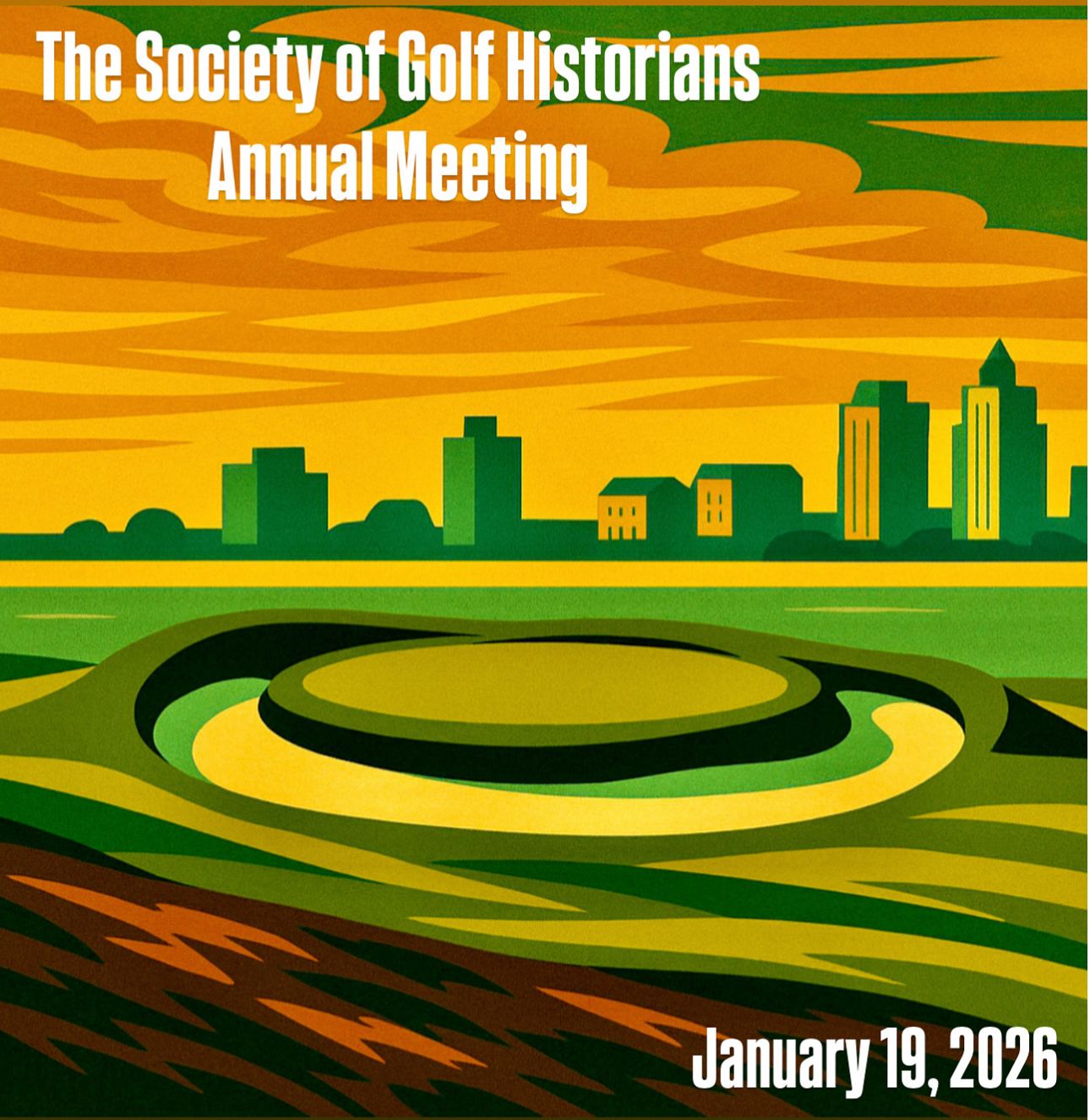
We are officially open for registrations!!!!
The date: January 19, 2026
Location: Belleair Country Club in Belleair, FL
Itinerary:
Golf on Belleair’s West Course (Ranked Top 100 Classic by Golf Week)
Dinner at Belleair CC
Stephen Proctor, Author & Historian will be our guest speaker to discuss his recent book & his next project
Golffice Museum Items on Display
Auld Toun Golf Books available
Society Merchanise available
Registration Fee:
Non- Member: $500 (registration includes a one year traditional membership with the Society of Golf Historians
Tradition Member: $400
Founding Memver: $300
We will have limited spots available and Society members will have the first opportunity to register.
COMING SOON ON THE TALKINGOLF HISTORY PODCAST: THE HISTORY OF WILLIAM FLYNN.
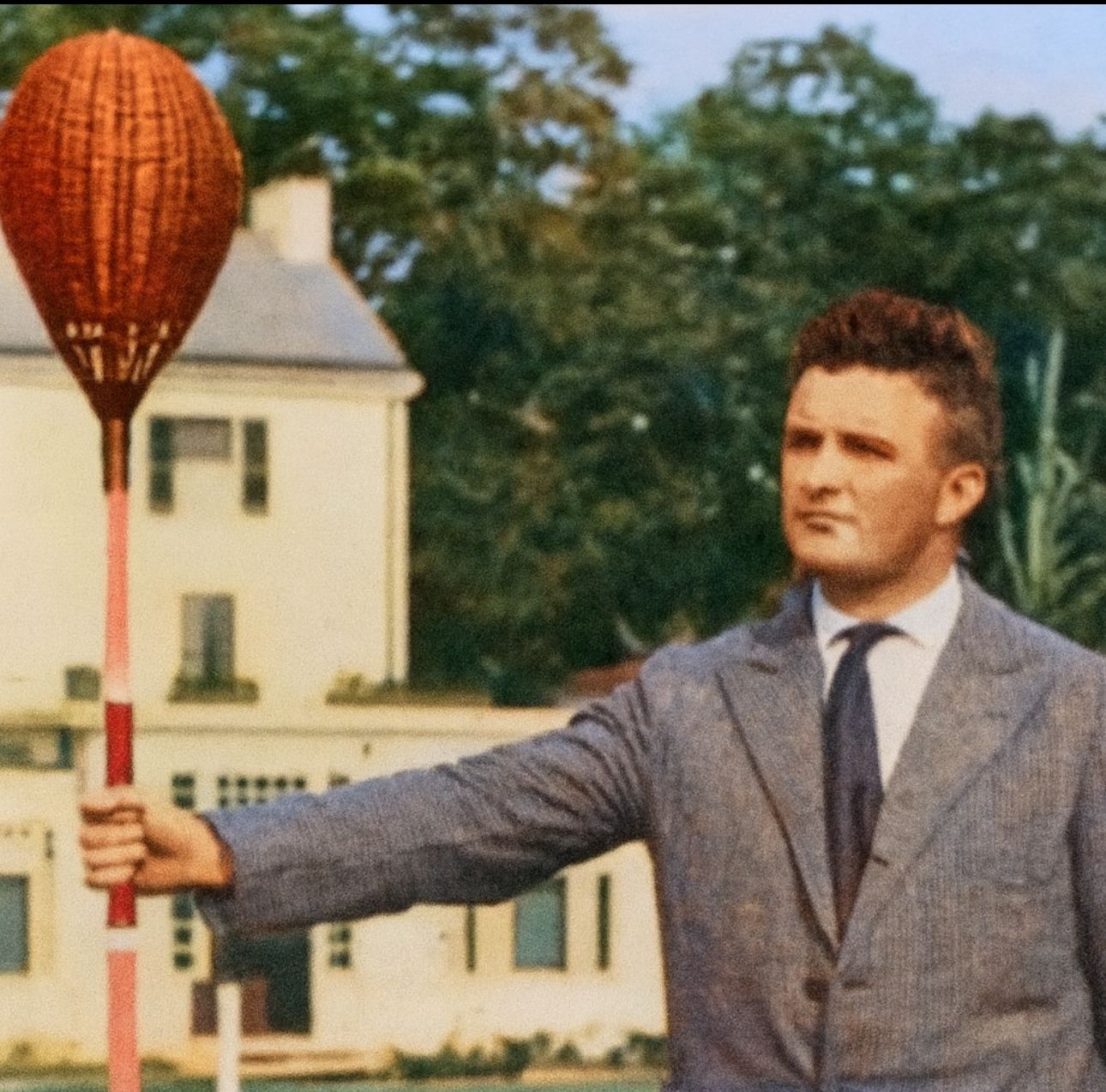
BACK IN STOCK!!!
In 2025 Society of Golf Historians rolled out a collection of merchandise that celebrates golf history, golf art and golf course architecture- this line so far has included an original vintage patch of Cypress Point Club, the famed Belleair High Society Tees & the Last Bastion of Shinnecock.
Cypress Point Vintage Patch Hat
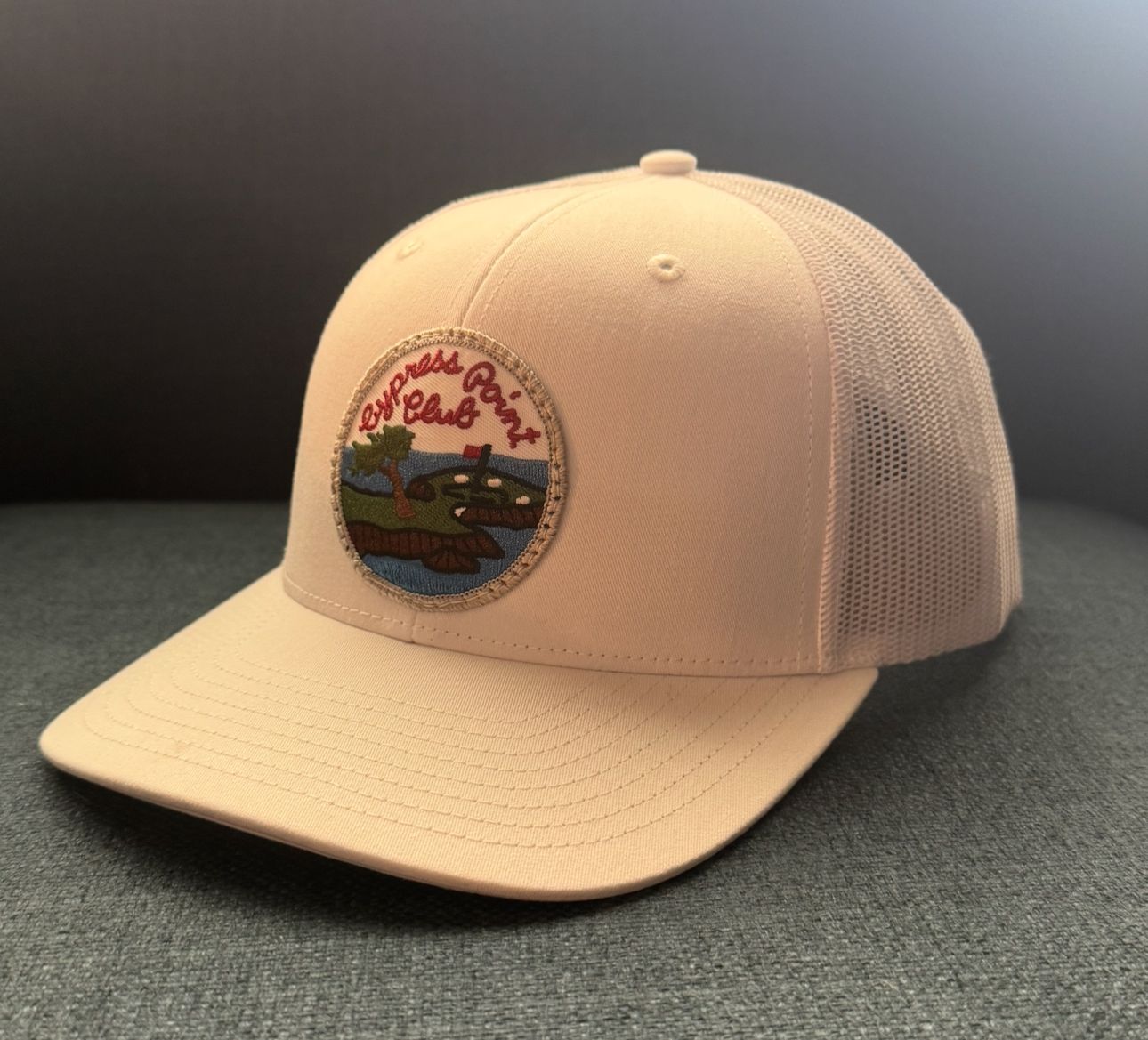
Lower crown models available
I acquired an assortment of vintage patches from a collector earlier this year which included quite a few vintage Cypress Point Patches. When I run out they will be gone to history.
$100 + shipping
THE HIGH SOCIETY TEES
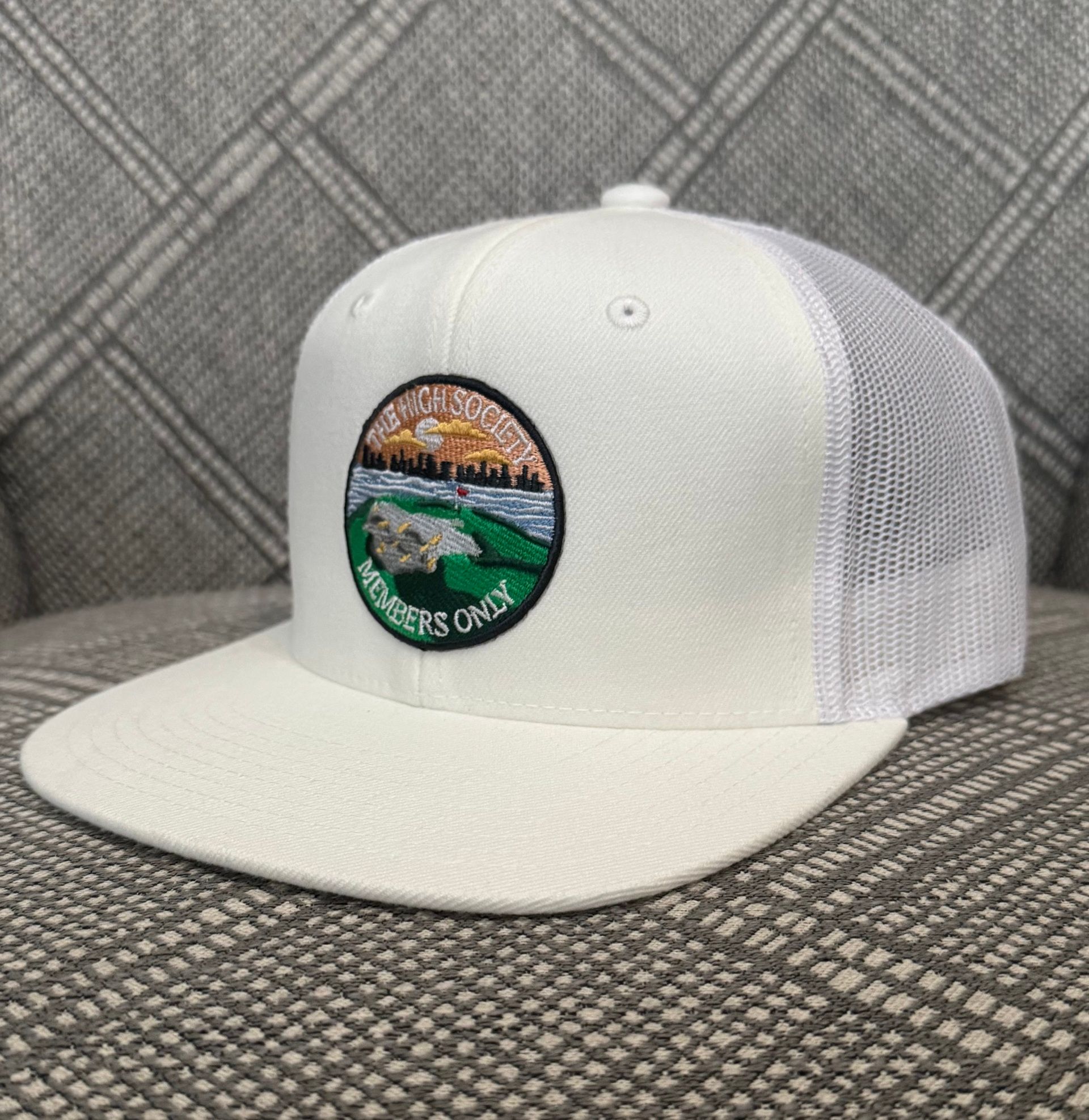
Home of our First Annual Meeting

Close-up of the Society Design
We have 10 HIGH SOCIETY TEE MEMBERS ONLY hats available as of this morning.
Society hats = $65 + shipping
The LAST BASTION
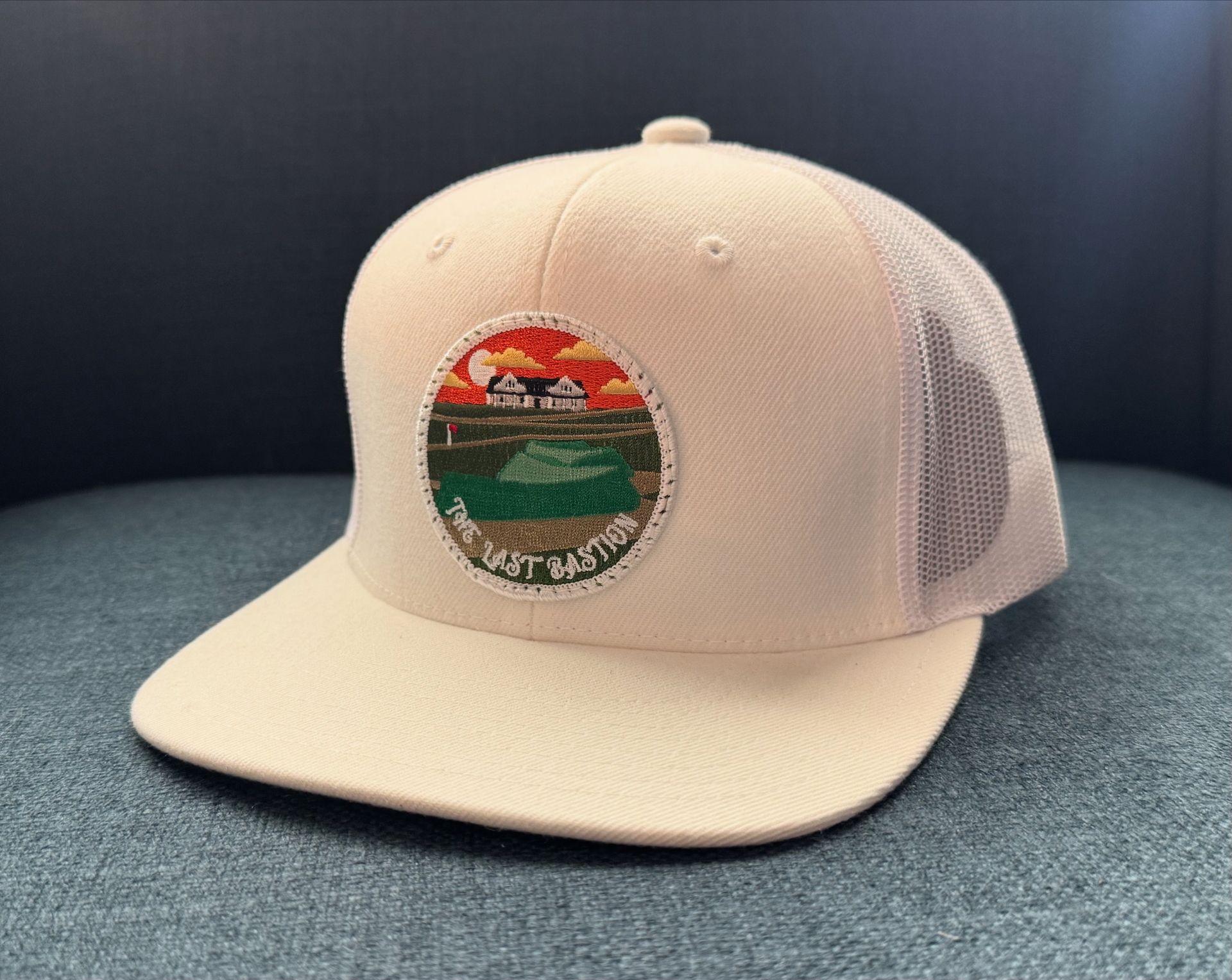
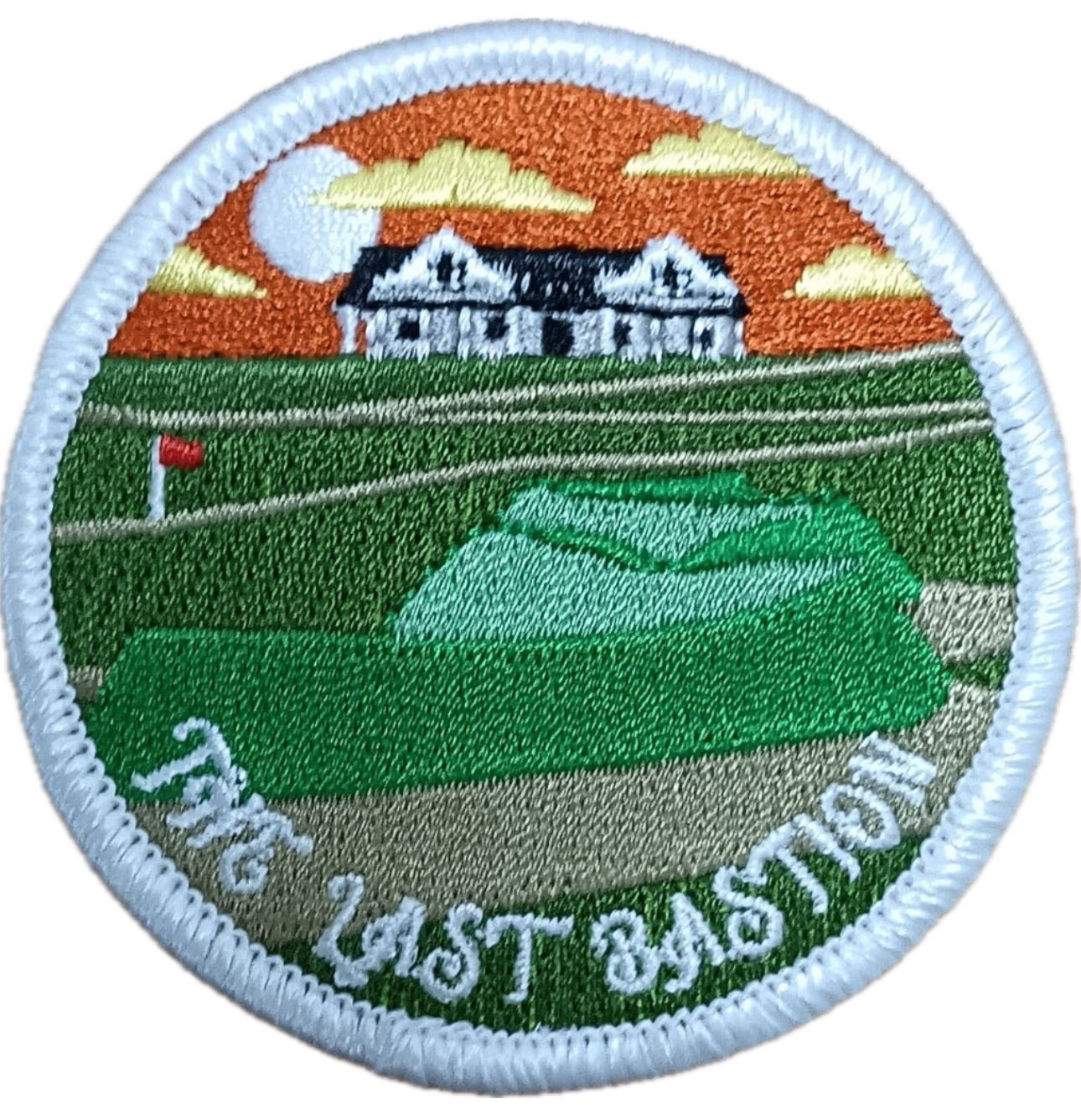
Close up of the Last Bastion Design
The Last Bastion hat celebrates the 1896 US Open which was the first U.S. Open held at Shinnecock Hills. The retro patch is an artist’s recreation of the famed “Bastion Hazard” which was a Victorian era serpent style hazard.
The Last Bastion = $65 + shipping
COMING SOON
“1929”
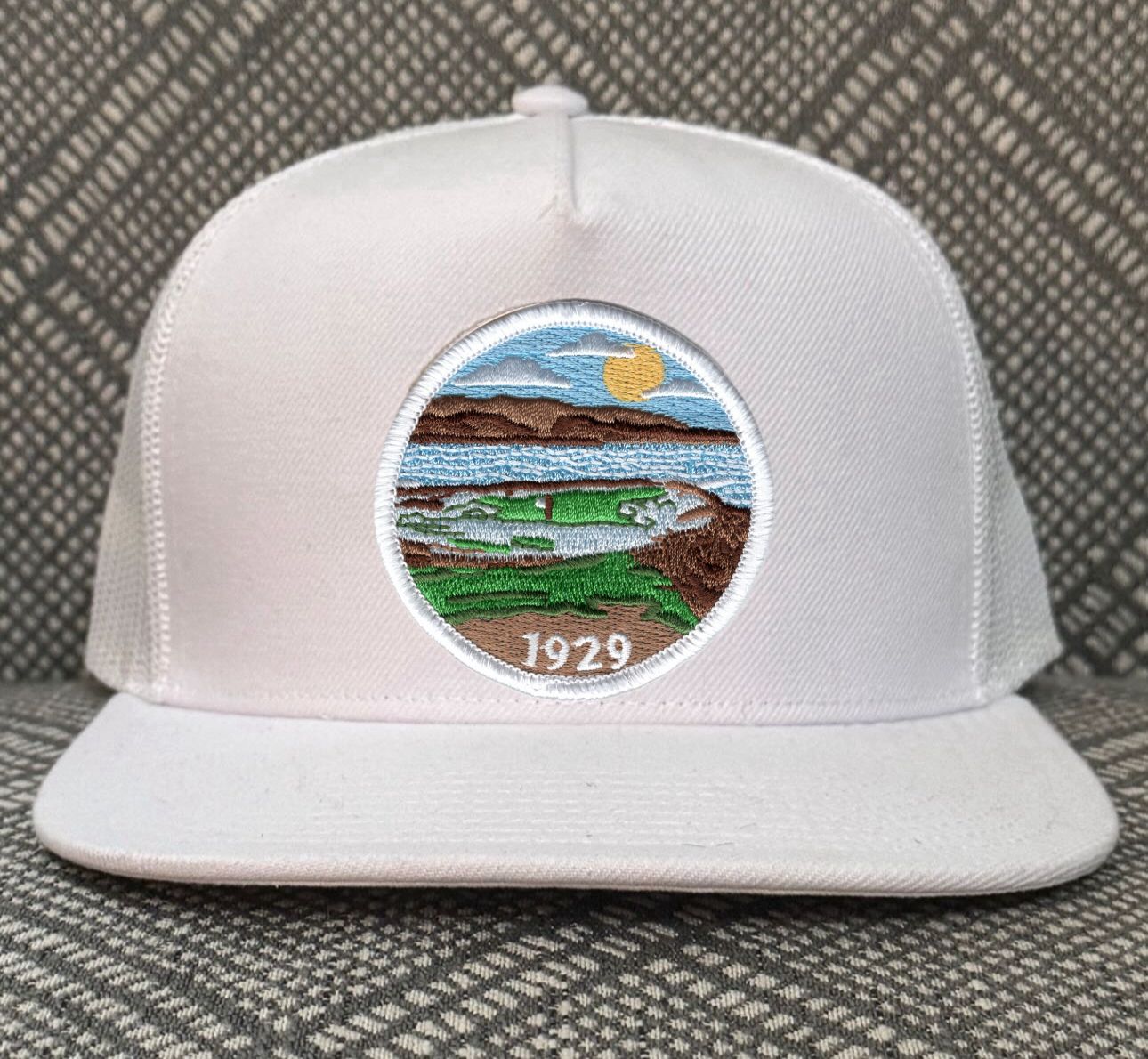
Artist creation of the 1929 hat
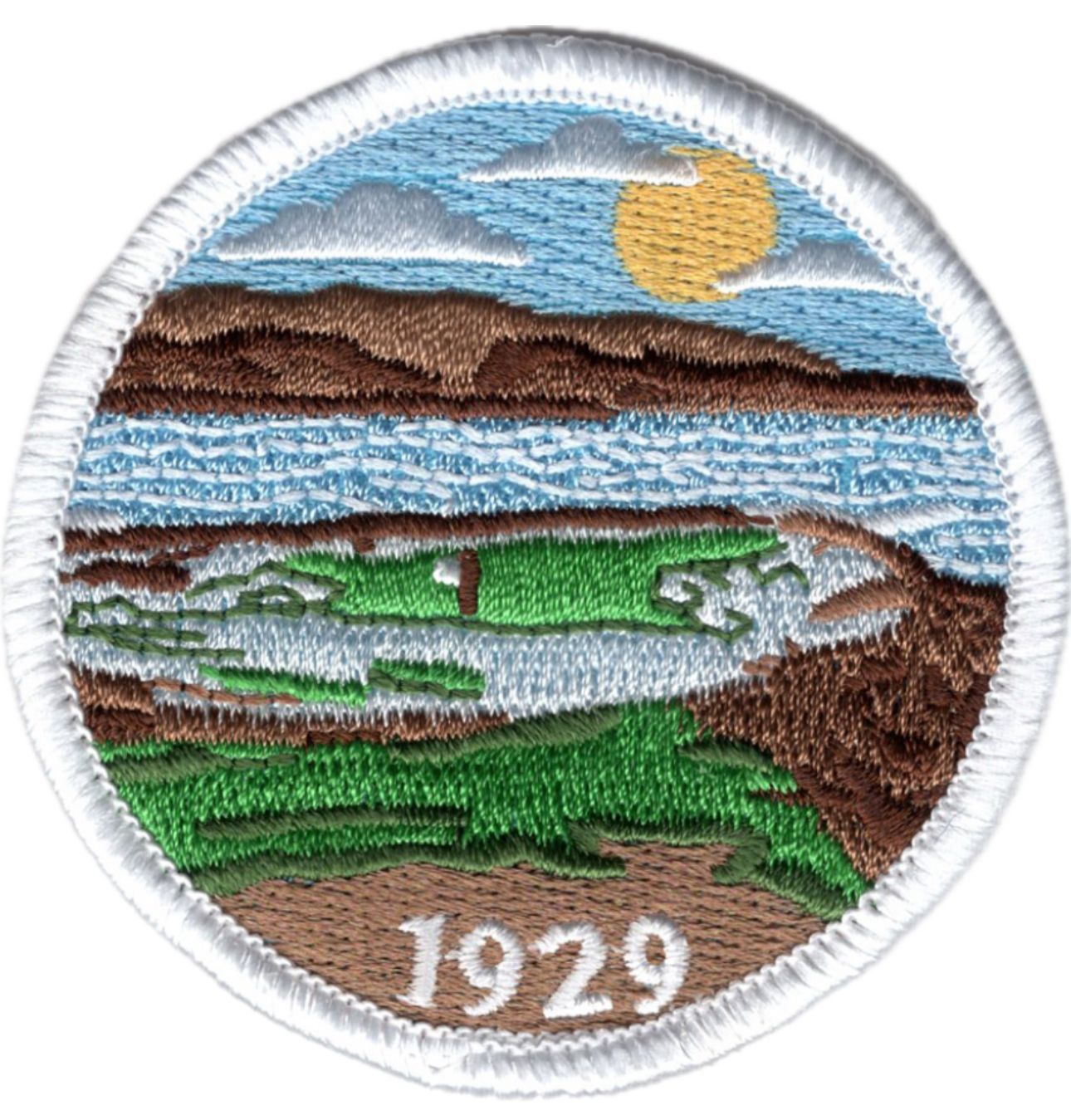
Close-up of the 1929 Design
The 1929 hat celebrates the 1929 US Amateur at Pebble Beach and commemorates the most famous version of Pebble Beach’s 7th hole. A renovation of the course in 1929 was overseen by Dr Alister MacKenzie and performed by US Amateur Champion, Chandler Egan created a golf hole surrounded by sand and sea.
THANK YOU
I appreciate you taking the time to read our newsletter. For those of you who have joined the Society of Golf Historians- I am so excited to be making this journey with you. We have some fun times ahead!!!
